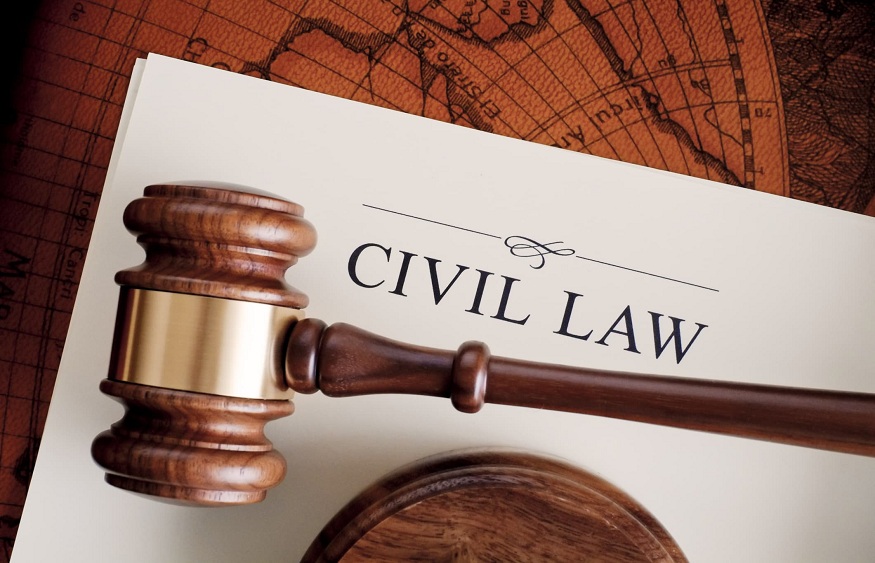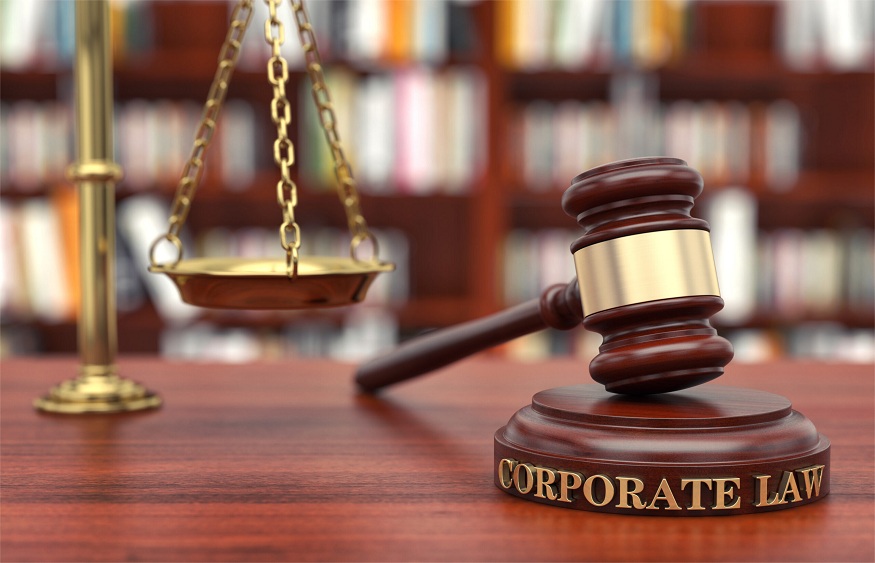The word “litigation” tends to strike fear into the hearts of even the most courageous individuals. When we hear it, we think of slow-moving courtrooms and endless piles of documents that no one wants to read. However, there is much more to litigation than that. In reality, litigation is a process designed to resolve disputes objectively and fairly for all parties involved. It involves bringing a case in front of a judge who makes decisions based on evidence submitted by both sides and their legal team (also known as litigators).
The Litigation Procedure
The legal procedure is divided into five primary stages:
1.Demands and Investigation
The Incident or Damage
An incident or harm is what first prompts a lawsuit. A person may have suffered an injury due to an accident, misconduct in the legal or medical system, or another circumstance.
choosing an attorney
Discussing the rights with an attorney is crucial whenever we suspect we may have experienced a situation for which we need a solution. We should consider hiring a lawyer to assist us with our case. Most attorneys supporting victims are happy to consult with them regarding their cases without charging them.
2. Pre-Trial Negotiation and Demand Letters
The law firm and attorney will write and deliver a demand letter. This demand letter conveys all of the material acquired during the informal inquiry to the guilty party and outlines the required amount — usually, more than the attorney anticipates receiving. The purpose of the demand letter would be to persuade the opposing side that there is so much legal proof of their misconduct that the accuser would unquestionably win if the matter went to court. The defending party replies with a letter offering less compensation — generally, less than parties are ready to pay — at which time there may be further counteroffers negotiating a settlement price. If parties can agree on a price, settle, and the matter is never heard in court. In that case, the lawsuit procedure comes to an end.
3.Alternative Dispute Resolution: Out-Of-Court Options
Facilitation:
The least formalised of the three different conflict resolution methods listed here is facilitation. It entails an unbiased attorney (or, in some instances, a panel of attorneys) who assists the two parties in negotiating and can rule on contested facts or provide estimates of the actual worth of damages. An out-of-court settlement is the objective of just about any alternative dispute.
Mediation
Mediation Mediations, which are still informal, are comparable to facilitations in many aspects. A lawyer, or panel, evaluates the evidence, assists parties in negotiating, and seeks an out-of-court solution. After arbitration or facilitation, the mediators frequently assign a monetary value to the case.
Arbitration
The most official of the three options discussed here is arbitration. It is also the most expensive, although it saves money over a valid court case since the standards are less tight. There is less work for solicitors, and fewer individuals are involved. An arbitration is comparable to a court case in that it is submitted to one or even more lawyers who decide the decision based on their comprehension of the law rather than a judge and jury. This is the stage where most people can get confused. However, there is confusion about whether opting for litigation support might benefit individuals.
4. The Judiciary
When most people are asked, “What is litigation?” this is the sole step that comes to mind.
The defence
This pleading addresses the stated facts and either acknowledges or rejects them. A defendant may state additional facts that it claims are important to the claim’s resolution. A claimant may also file a “reply to the defence” to address these additional facts.
Pre-Trial Motions
Motions are filed in court, usually to establish contested facts. If a lawyer has a strong case, then the lawyer may be able to petition to discharge the trial altogether. However, this requires such apparent truth in favour of one side that it virtually never occurs.
After-Trial
Proceedings are held in public and are heard by a single judicial official. The litigants will have assessed the number of court days needed to hear all of the arguments and evidence as a part of the preparatory phase. The court administrators would serve a notice to the parties informing them of the trial date and time. It will be the legal representatives’ obligation to ensure that parties are appropriately prepared to begin on the designated day.
5. The Judgement
The court will reach its judgement after hearing the facts and arguments based on the evidence on the correct legal inference. This is referred to as a judgement. It is frequently written and includes the facts the court deemed demonstrated and the legal decision based on those findings. The ruling will also specify who is responsible for the litigation’s costs.
Many people find this litigation procedure confusing, but it can be made easy by taking the help of various legal outsourcing services.
Conclusion:
Litigation is a formal legal process appropriate when a dispute cannot be settled outside of court. While this can be an expensive process, it also offers advantages that alternatives do not, including the finality of a judge’s decision and the ability to control certain aspects of the case. When we have exhausted all other options, litigation may be the best way to resolve the differences. With a better understanding of what litigation is and what it entails, We can make an informed decision on whether or not this is the best path for us to take.





